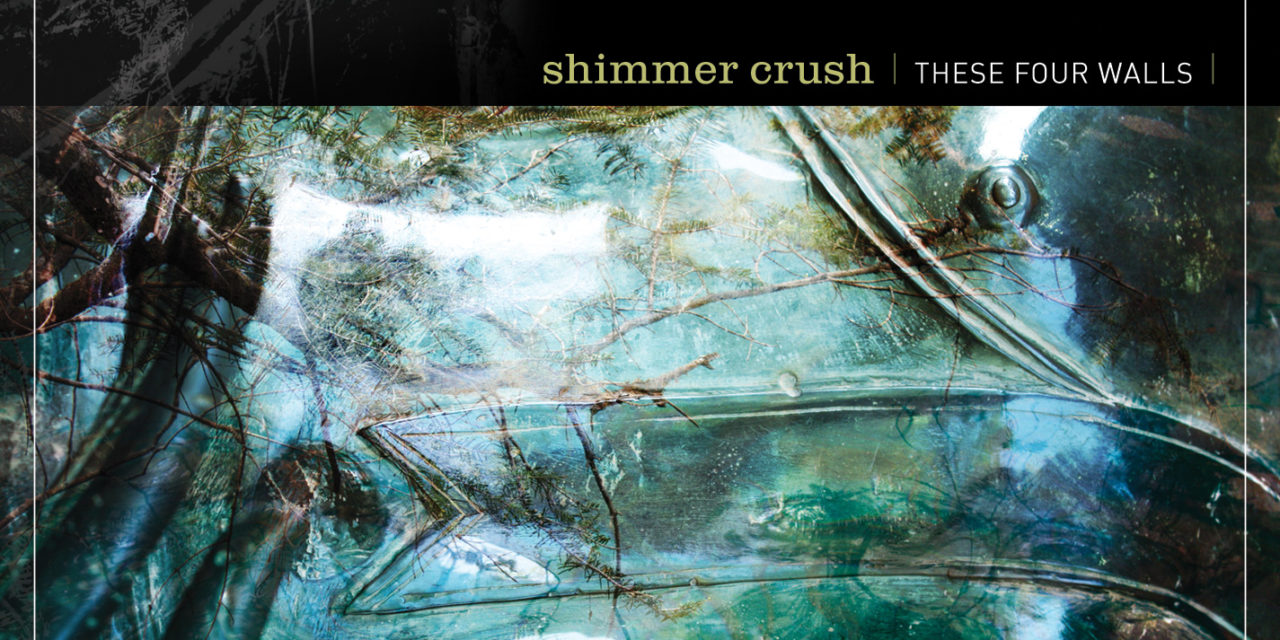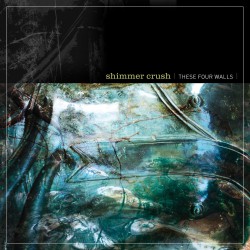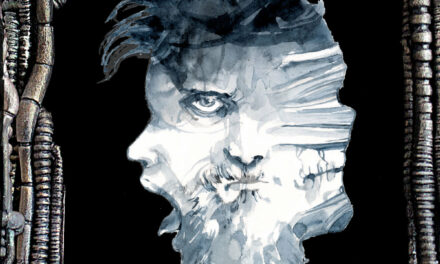Shimmer Crush
These Four Walls
Crime League
Often when we toss the phrase “sound design” around we seem to be talking about the degree of polish which has gone into a record’s production outside of its core songwriting (see our discussion with Réal Cardinal about this and the vagaries of other production terminology). But the line between production and post-production, between composition and arrangement, can often blur, especially when dealing with downtempo tunes. New arrival to the Crime League roster Shimmer Crush shows just how vague the line between composition and design can get on debut LP These Four Walls.
The PR copy stresses that sole member Laurel Daugherty-Seto has only recently begun producing her own material after years of inhabiting technoid circles as a fan and visual artist. These Four Walls certainly sounds like the work of someone who’s spent no small amount of time listening to the sort of tunes labels like Crime League, Tympanik, and Ant-Zen release, and no less a learned hand than Orphx’s Richard Oddie is credited with production advice on the LP. Cicada-like clicks trickle through soupy pads on opener “Betrayal” (which is far more pleasantly sedate than its title might suggest), while more discordant breaks and pinched waveforms take center stage on “Dwelling (In A Shroud)” and “The Depths Of Experience”. A conversation (or interview, perhaps?) is rhythmically punched in and out of the mix on “Paresthesia”, causing the listener to split their attention between trying to catch the substance of the fractured word and noting how the actual tones being spoken fall in and out of alignment with those of the rest of the mix.
These Four Walls‘ rovings through indices of texture and tone don’t always coalesce into recognizable compositions rather than loops or soundscapes, but that’s surprisingly not to the record’s detriment. Although hovering around the five-minute mark without undergoing radical dynamic shifts, most of the tracks here come and go at an even keel. Rather than forcing themselves upon the listener, they almost seem to present a set of figures, allowing them enough time to take what they might from them before moving on, not unlike a viewer at an art gallery moving between pieces at their own speed (I’ll avoid a tortured Mussorgsky analogy). Whether this is an approach Daugherty-Seto’s taken from her work in visual art or whether she simply has good instincts for the sort of downtempo material she’s exploring here, These Four Walls is a pleasant sketchpad of ideas from a new producer.






